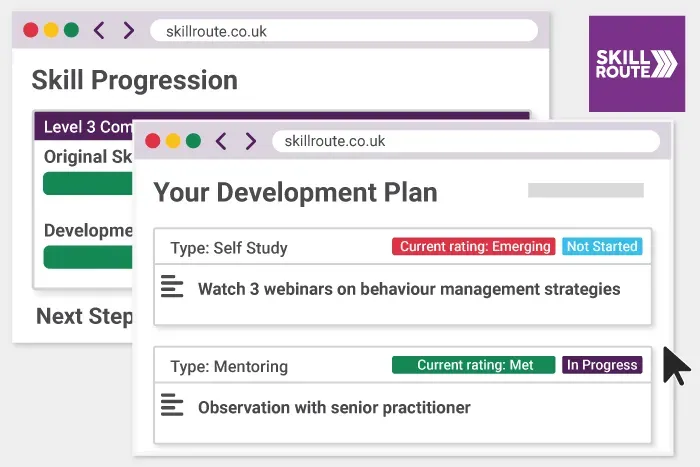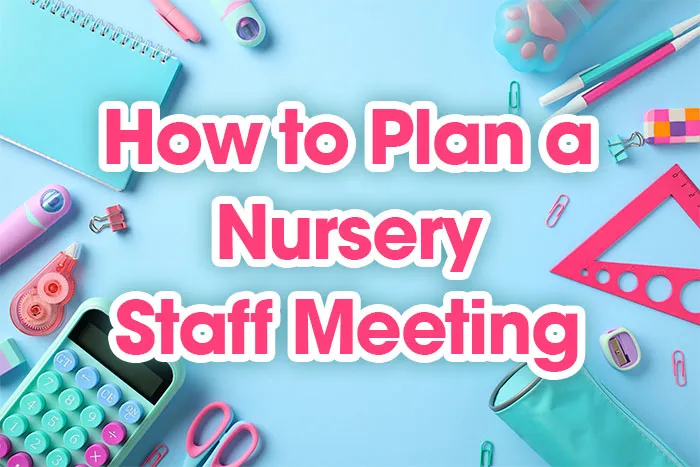Are Day Swaps a Good Idea for Your Nursery? A Guide for Owners and Managers

Are Day Swaps a Good Idea for Your Nursery? A Guide for Owners and Managers
Managing day swaps in nurseries can be a contentious issue. While accommodating parents might foster goodwill, the operational challenges can outweigh the benefits. In this guide, we explore the pros and cons of allowing day swaps, provide actionable advice, and include an Example Day Swap Policy Template to help you decide the best approach for your setting.
Understanding Day Swaps
Day swaps occur when parents request to exchange their child’s booked nursery day for another. These requests often arise for personal reasons, such as scheduling conflicts, leisure activities, or unexpected events.
Why This Issue Matters
Day swaps may seem harmless at first, but they can have significant impacts, including:
-
Disruptions to staffing and ratios: Nurseries must adhere to strict child-to-staff ratios. Spontaneous swaps can disrupt planned rotas.
-
Operational complexity: Frequent changes make it harder to manage schedules, activity planning, and room allocations.
-
Financial implications: Swaps may reduce opportunities for additional paid sessions.
-
Staff morale: Last-minute changes can frustrate and overwhelm staff.
Benefits of Allowing Day Swaps
Despite the challenges, there are potential benefits to offering limited swaps:
-
Increased Parent Satisfaction: Providing some flexibility can enhance relationships with parents.
-
Emergency Support: Parents facing genuine emergencies appreciate the option to swap days rather than pay for an additional session.
-
Goodwill and Retention: A reasonable swap policy can contribute to positive word-of-mouth and long-term loyalty.
Challenges of Allowing Day Swaps
For many nurseries, the drawbacks outweigh the benefits:
-
Impact on Ratios: Adhering to statutory ratios means unplanned swaps can push numbers over the limit, requiring extra staff.
-
Staffing Issues: Additional staff may not always be available, leading to stress and potential non-compliance.
-
Financial Loss: Frequent swaps may result in fewer parents booking extra sessions, impacting revenue.
-
Precedent Setting: Once parents perceive swaps as easy and unrestricted, requests may escalate and become unmanageable.
Deciding Whether Swaps Are Right for Your Nursery
To decide if swaps align with your nursery’s operational model, consider these factors:
1. Your Staffing Model
-
Can you easily adjust staff schedules to accommodate extra children if needed?
-
Do you typically operate at full capacity?
2. Parent Expectations
-
Are most parents understanding of policies, or do you frequently face pushback?
-
Would flexibility improve satisfaction in your specific community?
3. Financial Impact
-
Will allowing swaps reduce revenue from extra session bookings?
-
Could a nominal fee for swaps mitigate financial losses?
4. Operational Complexity
-
Do you have systems in place to track swaps and ensure ratios remain compliant?
-
How much administrative time would managing swaps consume?
Options for Managing Swaps
If you choose to allow day swaps, here are some structured ways to manage them:
1. Implement a Swap Limit
Allow a fixed number of swaps per term (e.g., 2-4). Communicate this limit clearly to parents.
2. Charge a Fee
Introduce a nominal fee (e.g., £5-10) for processing swaps to deter casual requests while covering additional costs.
3. Offer Swaps Only If Ratios Allow
State that swaps are conditional on staffing and ratios, and not guaranteed.
4. Define Exceptions
Allow swaps only in emergencies or for specific reasons, such as medical appointments.
5. Encourage Paid Extra Sessions Instead
Position extra sessions as an alternative to swaps, emphasizing the need for consistent schedules.
Bringing It All Together
Day swaps can be a double-edged sword for nurseries. By weighing the benefits against the challenges and implementing a clear, consistent policy, you can decide if they’re the right fit for your setting. Use the template above to communicate expectations to parents effectively and maintain a smooth operation. Ultimately, the key is finding a balance that works for both your team and the families you serve.
Other Articles

Can My Level 2 Staff Be Left Alone with Children? (2025 Ratio Rules Explained)
May 21, 2025

Understanding Ofsted's New Experience-Based Route for Early Years Staff
February 5, 2025

Ofsted’s Grading Changes: Impact on Nurseries
September 3, 2024

Nursery Staff Meeting Activities: Scenario Analysis and Role-Play
June 18, 2024

How to Write a Staff Meeting Agenda for Nursery Settings
June 18, 2024

How to Plan a Nursery Staff Meeting
June 18, 2024

Boosting Parent Partnership: 10 Strategies for Nursery Success
May 10, 2024

EYFS 2024: What's Changing? Find out and take the quiz!
November 25, 2023

White Noise for Sleeping Babies: Pros, Cons, and Tips
October 24, 2023

Common Ofsted Questions Answered: A Summary for Early Years Professionals
October 12, 2023
 © Copyright 2021 - 2025. All rights reserved.
© Copyright 2021 - 2025. All rights reserved.